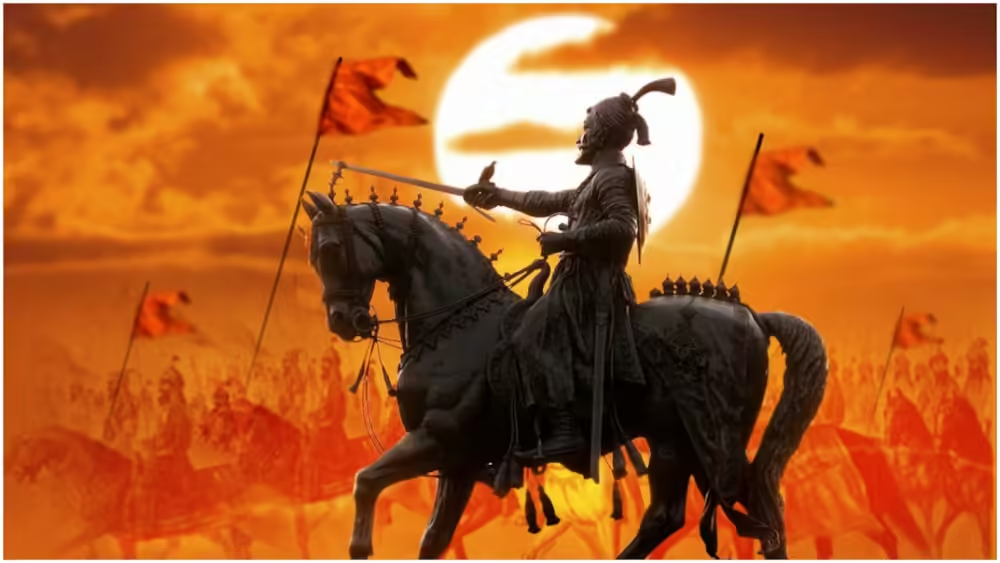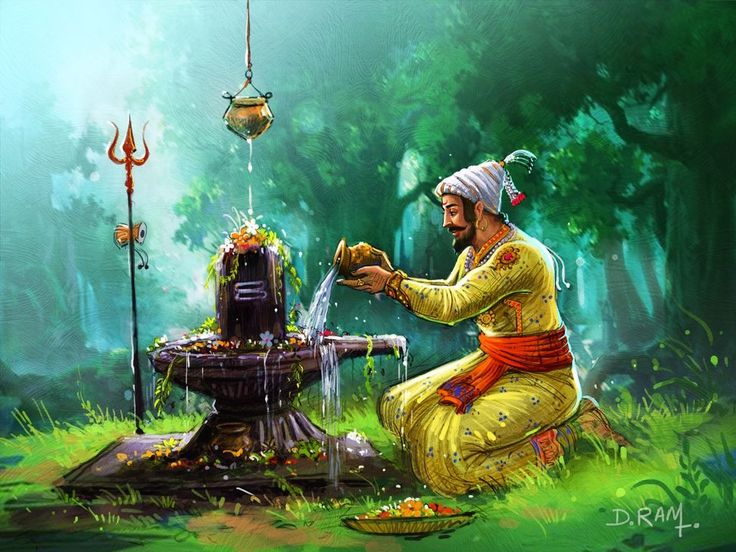Maratha History: The Brave Warriors Who Changed India
The History of Maratha Empire played a key role in shaping Indian history. They built one of the strongest empires in India through bravery, strategy, and strong leadership. Therefore, understanding their journey helps us appreciate how India’s strength grew over time.
🔰 Shivaji Maharaj – The Beginning of the Maratha Empire

Shivaji Maharaj, born in 1630 in Maharashtra, had a clear vision: to build a kingdom free from foreign control. From an early age, he trained local fighters, studied warfare, and prepared to protect his land.
As a result, he captured many forts such as Torna, Raigad, and Pratapgad. In 1674, he became the Chhatrapati (king) after his coronation at Raigad Fort.
Moreover, he introduced the idea of Swarajya—self-rule for the people. This idea became the heart of the Maratha movement and inspired many future leaders.
⚔️ What Happened After Shivaji
After Shivaji’s death in 1680, his son Sambhaji led the Maratha Empire. Even though the Mughals attacked them often, the Marathas stayed united and fought back bravely.
Later, the Peshwas—chief ministers of the empire—took charge and helped it grow. Among them, Peshwa Bajirao I stood out as a fearless warrior and excellent leader. In fact, under his leadership, the Maratha Empire stretched from the Deccan Plateau to North India.
⚫ Third Battle of Panipat – A Turning Point
In 1761, the Marathas fought the Third Battle of Panipat against Ahmad Shah Abdali, a ruler from Afghanistan. Although the Marathas fought with great courage, they lost the battle, and thousands of soldiers died.
However, the Marathas did not give up. Within a few years, they regained their strength and returned as a major force in Indian politics.
🏰 Culture, Governance, and Administration

The Marathas ruled with both strength and wisdom. In addition to winning battles, they focused on building a smart and organized government. They allowed local leaders to manage their regions while staying loyal to the empire.
Furthermore, they supported the arts, education, and religious harmony. They promoted the Marathi and Sanskrit languages, and built forts, temples, and schools.
🌟 The Maratha Legacy
The Marathas inspired future generations with their courage and vision. Because of their strong example, many freedom fighters in the 19th and 20th centuries found the strength to fight British rule.
Today, we remember Shivaji Maharaj as a symbol of pride, justice, and self-rule. His life continues to teach us about leadership and bravery.
📌 Conclusion
In conclusion, the History of Maratha Empire changed the future of India. From Shivaji Maharaj’s dream to the Peshwas’ victories, the Marathas showed how strong and united leadership can protect a nation’s freedom.
Even now, their story lives on in the minds of people across India.
